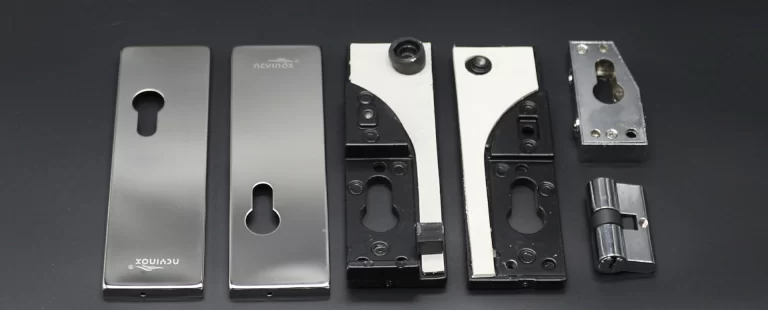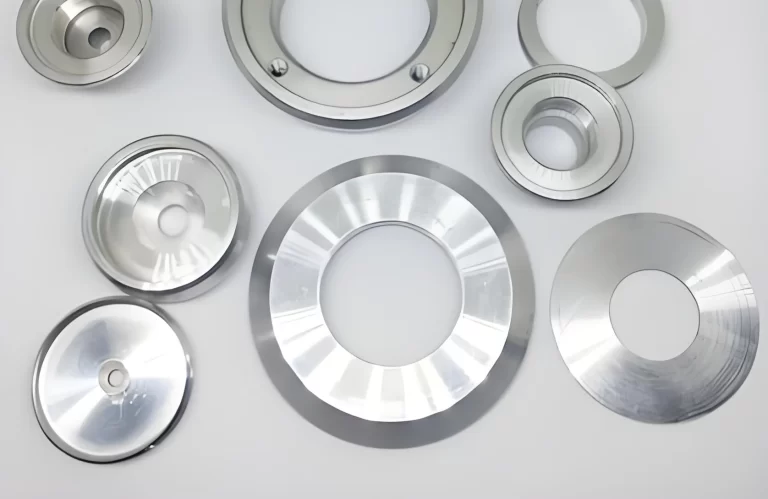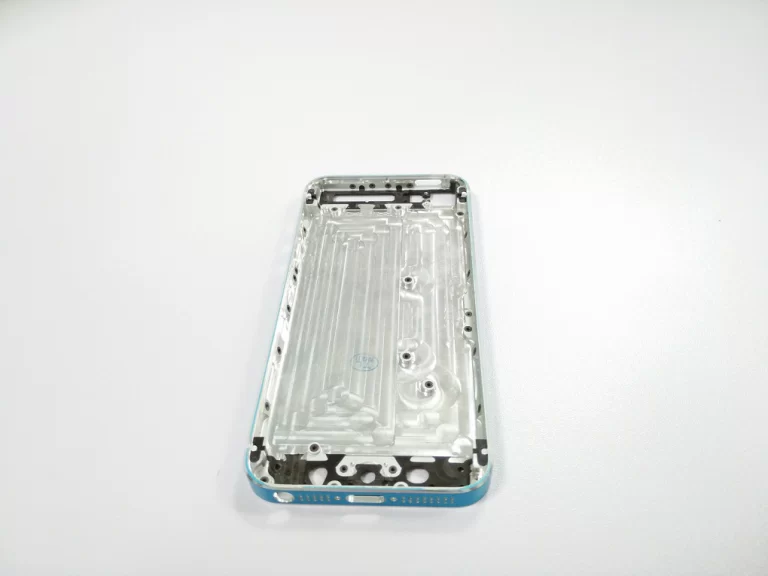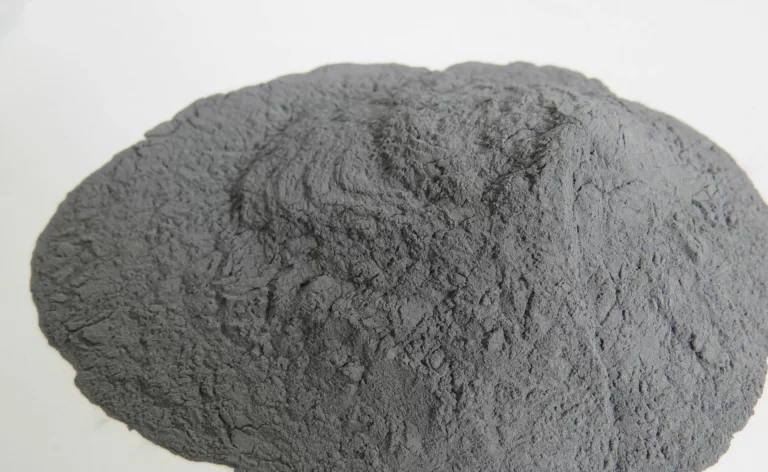Sintered metal filter play an important role in many industries. They stand out for their durability and unique design. We’ll explore what a sintered metal filter is, what it’s used for, how it’s manufactured, common problems, and possible alternatives. You’ll see why these filters are so important and how they can solve real-world problems.
What is a Sintered Metal Filter?
A sintered metal filter is a porous tool made from metal particles. These particles fuse together under heat and pressure. The process, called sintering, avoids fully melting the metal. Instead, it creates a strong, uniform structure with tiny pores. These pores trap contaminants while letting fluids or gases pass through.
- Key Features: They resist corrosion, handle high heat, and last a long time.
- Materials: Stainless steel, bronze, or nickel alloys work best, depending on the job.
Sintered metal filters excel in tough conditions. Their strength and flexibility make them a top choice.
Customized Parts Manufacturing
What Are Sintered Metal Filters Used For?
Sintered metal filters clean liquids and gases in many fields. They remove unwanted particles to keep systems running smoothly. Their ability to handle extreme environments sets them apart.
- Chemical Industry: They filter harsh chemicals and protect equipment.
- Pharmaceuticals: These filters remove bacteria to keep drugs sterile.
- Oil and Gas: They purify fuels and lubricants under high pressure.
- Food Production: They clarify liquids like juices or oils for safety.
Moreover, aerospace and automotive sectors rely on them too. In hydraulic systems or exhaust controls, sintered metal filters ensure top performance.
How Do The Manufacturers Produce Them?
Making a sintered metal filter takes precision. The process shapes metal into a reliable filtration tool. Here’s how it works:
- Powder Mixing: Workers blend metal powders to match the filter’s needs.
- Pressing: Machines compress the powder into a solid shape.
- Sintering: Heat bonds the particles without melting them fully.
- Finishing: Cutting or coating refines the filter for specific uses.
This method creates consistent pore sizes for effective filtering. Plus, it allows custom shapes for unique tasks.
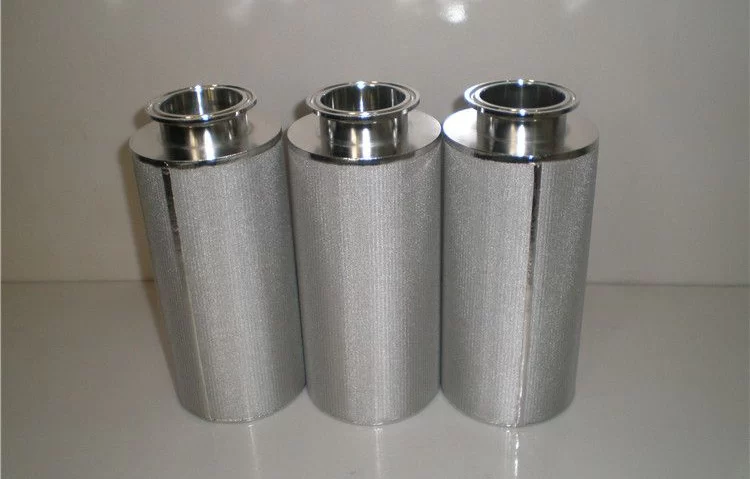
Common Problems in Use and Manufacturing
Sintered metal filters perform well, but issues can arise. Knowing these challenges helps users manage them effectively.
- Clogging: Dirt builds up and slows the flow. Cleaning or backflushing fixes this.
- Uneven Pores: Poor sintering causes inconsistent filtering. Strict quality checks prevent this.
- Corrosion: Wrong materials react with chemicals. Choosing the right metal avoids damage.
- Breakage: High pressure can deform filters. Matching design to conditions stops this.
By tackling these problems, users keep sintered metal filters working longer.
Do They Have Alternatives?
Sintered metal filters shine, but other options exist. Comparing them shows when each works best.
- Ceramic Filters: These resist chemicals and heat well. However, they break more easily.
- Polymer Filters: Nylon or PTFE versions cost less. Yet, they fail in extreme heat or pressure.
- Membrane Filters: These catch tiny particles. Still, they wear out fast and aren’t reusable.
Sintered metal filters win for toughness and reuse. For lighter jobs, though, cheaper alternatives might do.
- Phone: 0086 – 577 – 8551 1172
- E-mail: [email protected]
We just need a couple of hours!
Send us a message if you have any questions or request a quote. Our experts will give you a reply within 24 hours and help you select the right product you need.

